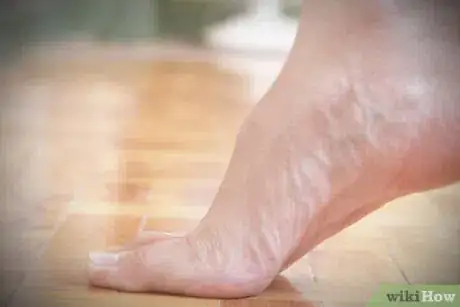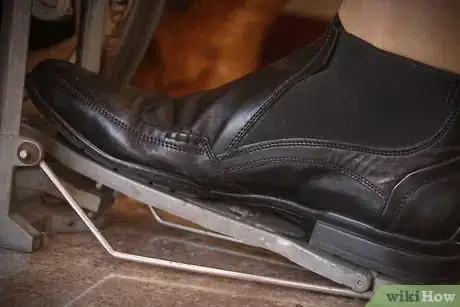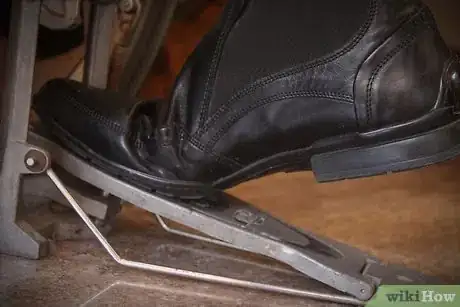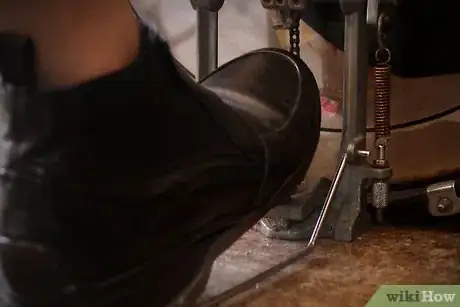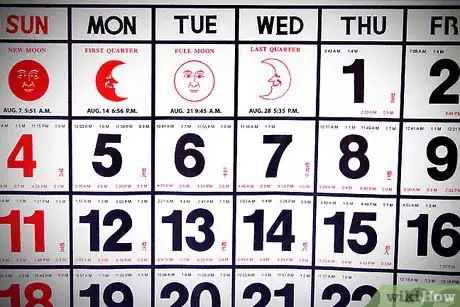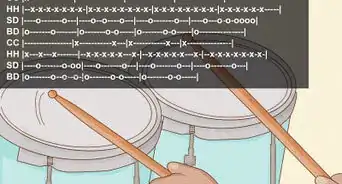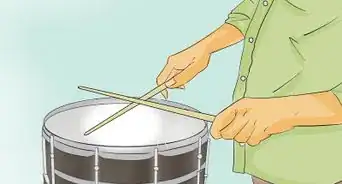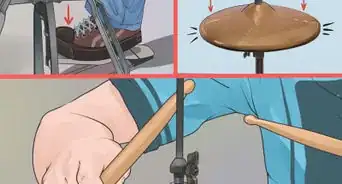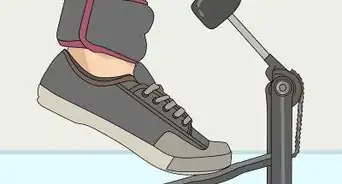X
wikiHow is a “wiki,” similar to Wikipedia, which means that many of our articles are co-written by multiple authors. To create this article, 29 people, some anonymous, worked to edit and improve it over time.
This article has been viewed 79,491 times.
Learn more...
Everyone knows playing the double bass drum sounds and looks cool, but how hard is it?
Steps
-
1Exercise daily - you don't want to pull a muscle do you? Make sure that you stretch before playing (One recommends doing 3 sets of 25 calf raises 30 seconds prior to playing).[1]
-
2Learn how to perform both the heel up and heel down techniques.[2]
- The heel down technique is simple, yet most drummers find it more difficult than heel up. Put both of your feet on the foot pedals so that they completely cover them. Then, just play a rhythm by following one beat after the other. Do not raise your foot off the pedal, you want your foot to stay in contact with the foot board so you will have better control of the entire motion of each hit. You may feel muscle strain in the front of your calf, that means that you are using the correct muscles, but don't overdo it!
- The heel up technique - place your feet onto the pedal the same way as in Heel down technique, but lift your heel off the pedal. The ball of your foot should always stay in contact with the foot board so that you maintain control of the entire movement of each hit. Kick one beat after the other. Make sure that you rest the beater of the pedal on the bass drum between hits so that your muscles have a chance to relax. Instead of feeling muscle strain in your calf, you may feel it in the front of your thigh (quadriceps). Again, don't overdo it!
Advertisement -
3Once you've figured out which way you like to play double bass "Heel-up or Heel-down" play 16th notes alternating right-left-right-left and gradually get faster (wait until you can play perfect 16th notes before increasing your speed!). Try the reverse: left-right-left-right. Try different patterns and repeat each many times. There is a book called "Stick Control" that has many different pattern suggestions.[3]
-
4Go on the Internet and find out the 25 Rudiments of drumming. Such as: Single stroke rolls, Double stroke rolls, Paradiddles, Flams, Flamacue, Flamadiddle, and many more.[4]
-
5Once you have the 16th notes down work on 32nd notes then 64ths then rolls.
-
6Afterwards get a piece of music that you play in concert band and play the snare part on your feet.
-
7Once you have completed this and you sound like a god at rolling on the bass then you must decide what type of music you would like to learn using the 25 rudiments of drumming and implementing them into your feet.
-
8An essential thing that is often overlooked is tempo and consistent timing. Use a metronome and start slow (60 or 70 bpm). Then slowly build up. Make sure your timing is 100% accurate.[5]
-
9Do not be surprised if you see no results after a month; there will probably be none. It takes much longer than that. Measure your progress every two months or so.
Advertisement
Community Q&A
-
QuestionWhat happens if sixteenth notes are not syncopated?
 Community AnswerThen just play them one right after the other.
Community AnswerThen just play them one right after the other.
Advertisement
Warnings
- To avoid calf strains, do stretches before playing. Any stretches or exercises that would be beneficial to an athlete will also work for the drums.⧼thumbs_response⧽
Advertisement
Things You'll Need
- Drum kit
- 2nd Bass Drum or Double Pedal
References
About This Article
Advertisement
